The Institute for Essential Services Reform (IESR) considers solar power plants (solar PV) to be more democratic than nuclear power plants being developed by the Indonesian government. This means that the utilization of solar energy is more equitable and can be used by the entire community. Read more on Tempo.
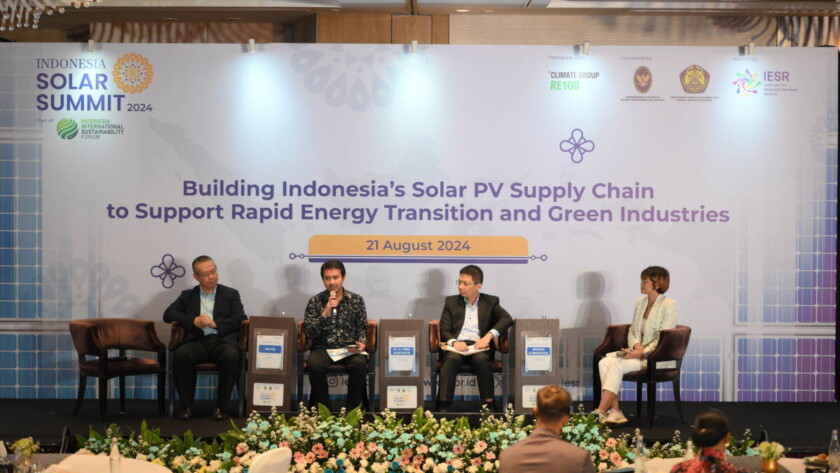
Jakarta, August 21st 2024 - The solar power industry in Indonesia still faces a number of challenges, including low demand and lack of investment. The need for clear policy support to accelerate the development of the solar industry to reach gigawatt scale in Indonesia was the main discussion at the 2024 Indonesia Solar Summit (ISS).…
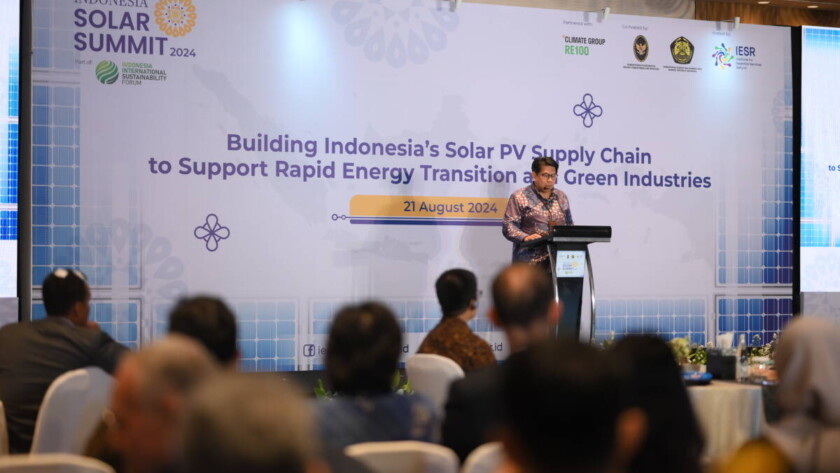
Jakarta, August 21, 2024 - The development of solar energy in Indonesia in the last 5 years discusses various phenomena and trends. In sectors such as households and commercial, there is an increase in demand for the installation of rooftop solar power plants. In large-scale solar power plants (utilities), a number of challenges such as…

Jakarta, August 22, 2024 - The government has just updated two regulations regarding the level of local content requirements (TKDN). The Ministry of Energy and Mineral Resources (MEMR) has issued Permen of ESDM No. 11/2024 on the Use of Domestic Products for Electricity Infrastructure Development. This regulation contains Local Content Requirement relaxation (TKDN) for renewable…
Indonesia needs to build and expand its domestic solar industry and develop its human resources as a concrete step in the energy transition to overcome the climate crisis, and towards energy independence. And solar power plants (PLTS) will be one of Indonesia's main sources of energy supply to decarbonize the energy sector to achieve net-zero…
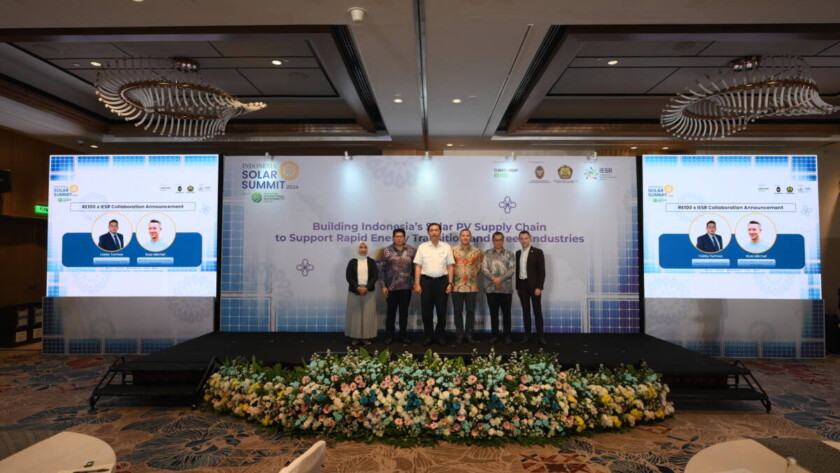
Jakarta, August 21, 2024 - Coordinating Minister for Maritime Affairs and Investment, Luhut Binsar Pandjaitan, today highlighted the importance of enhancing Indonesia’s domestic solar energy supply chain and the country’s human capital in its clean energy pathway to address the global climate crisis. He made the statement at the Indonesia Solar Summit (ISS) 2024).
“The…

Jakarta, August 13, 2024 - Solar energy adoption worldwide is increasing, reaching up to 1.6 TW by 2023. In Southeast Asia, the total solar energy capacity reached 25.9 GW in the same year. The Institute for Essential Services Reform (IESR) believes that Indonesia needs to strengthen the solar industry's supply chain to compete in solar…
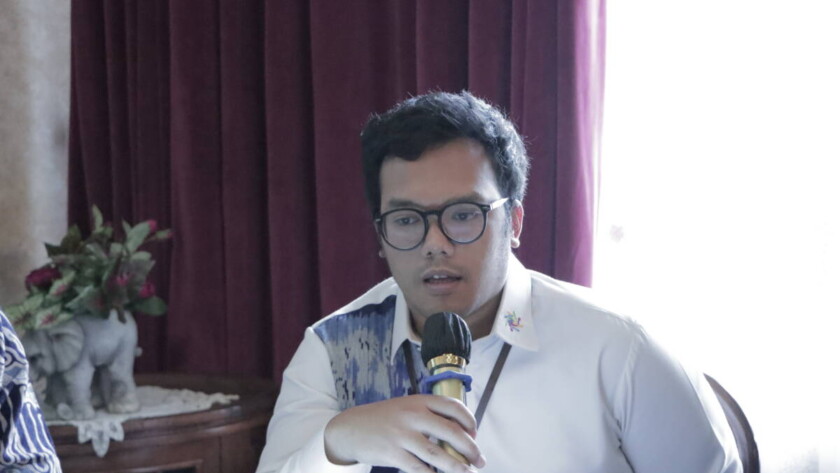
Jakarta, August 14, 2024 - In an effort to support a rapid energy transition and build a green industry, the development of an integrated solar power supply chain is a necessity. This was revealed by Marlistya Citraningrum, Sustainable Energy Access Program Manager, Institute for Essential Services Reform (IESR) during the Indonesia Solar Summit 2024 Media…
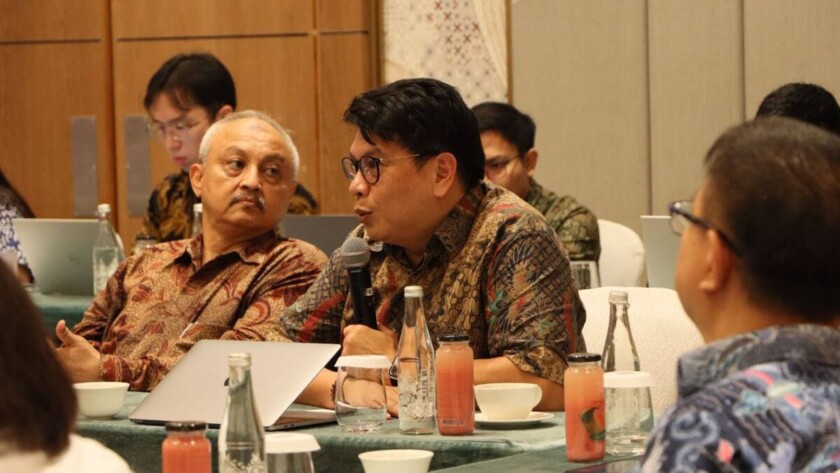
Jakarta, July 17, 2024 - Solar energy has become a cornerstone in various roadmaps for Indonesia's power sector due to its abundant potential. According to an analysis by the Institute for Essential Services Reform (IESR), Indonesia has a solar energy potential of nearly 20,000 GWp, considering land suitability. The IESR's Deep Decarbonization study shows that…
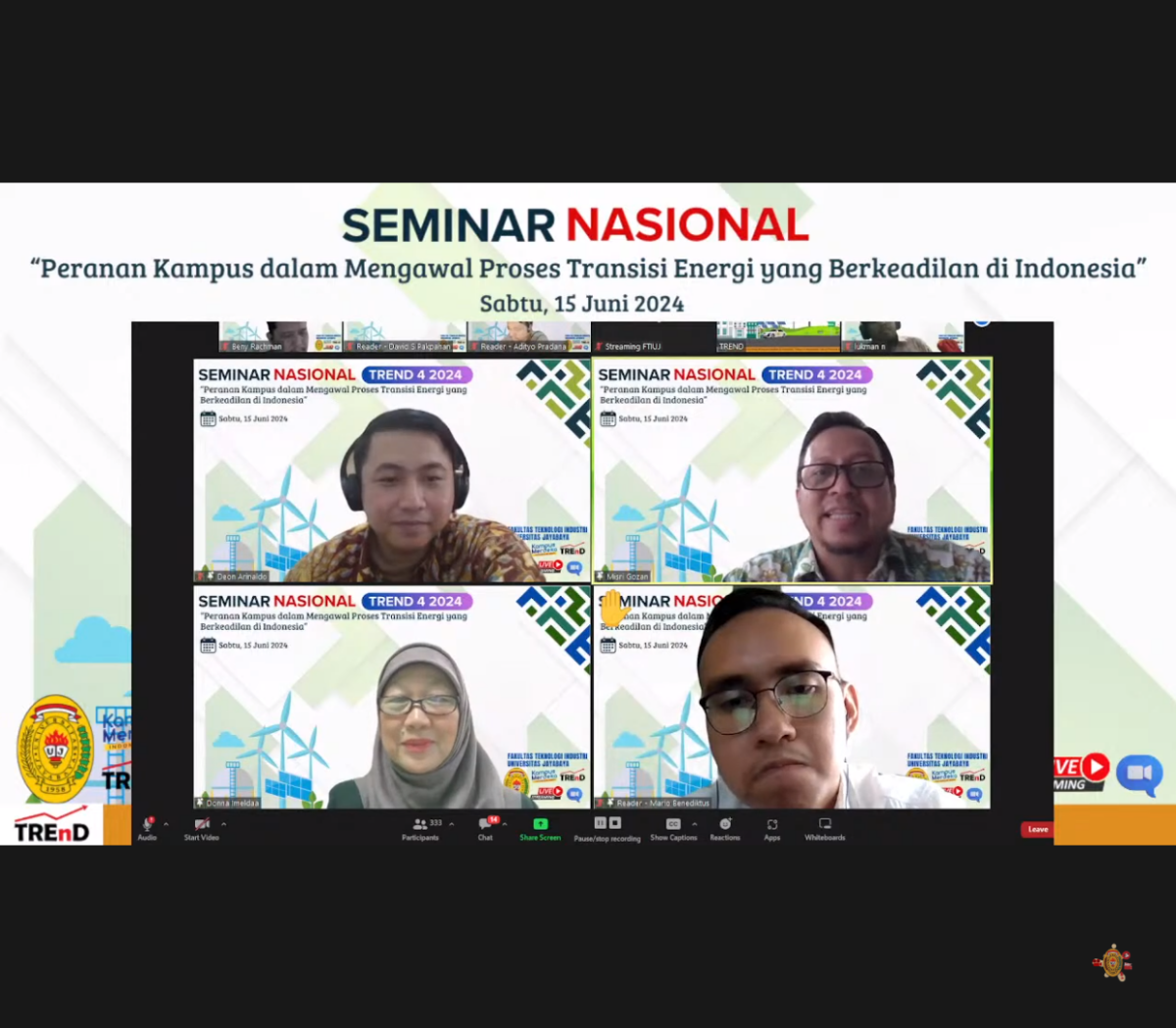
Jakarta, 15 June 2024 - Energy transition is a process of changing the energy system that requires more than one phase and must involve various actors. The energy transition will also have a number of socio-economic impacts for residents in areas or provinces whose economies are supported by the mining sector or fossil industry.
Currently,…

Palembang, May 29, 2024 - The climate crisis has increased natural disasters, including floods, droughts, and more frequent extreme weather. Addressing the root cause, dependence on fossil fuels, particularly coal, is essential to mitigating these disasters. According to an IEA study, over 95% of global coal consumption occurs in countries committed to reducing emissions.
Marlistya…
The development of New Renewable Energy (NRE) this year is considered difficult to achieve the target.
Read more on Kontan.
